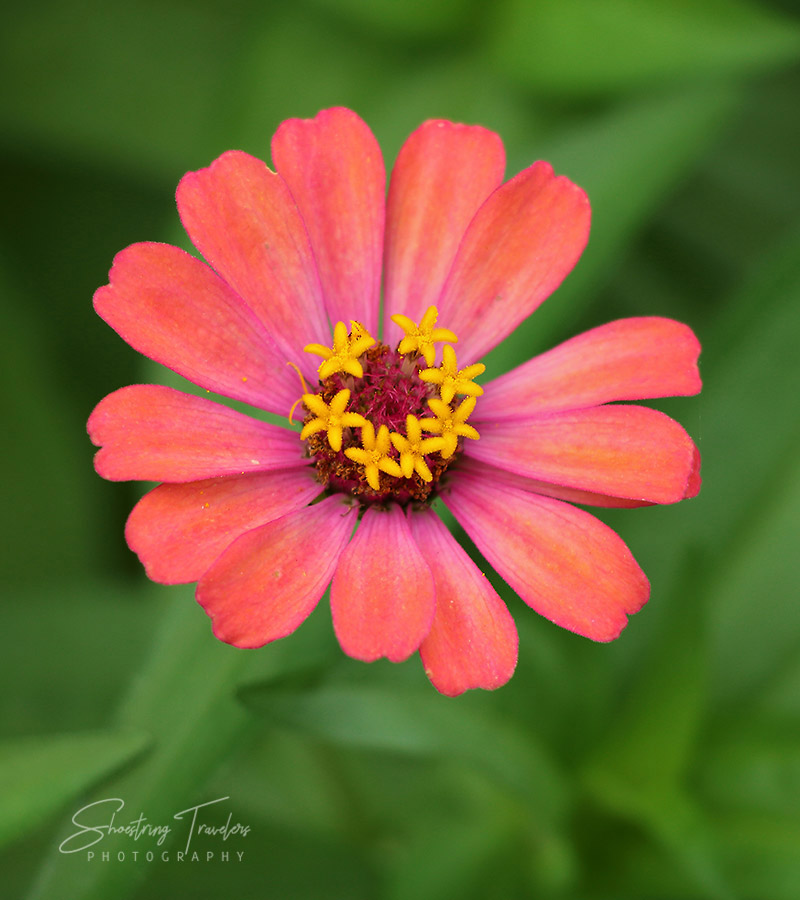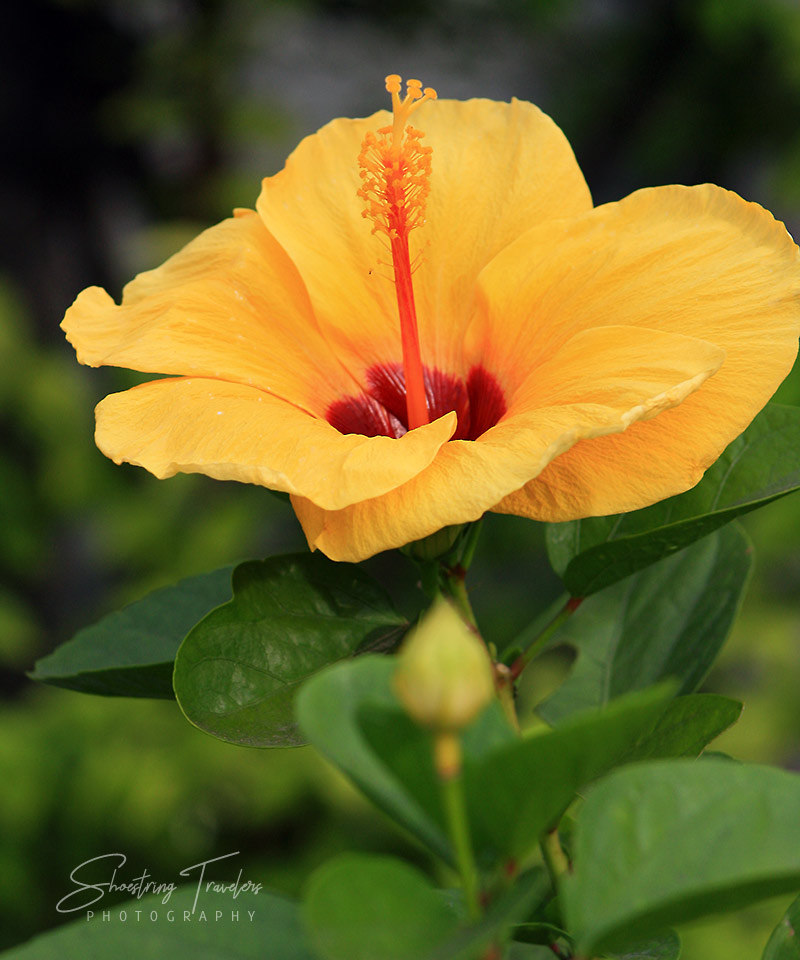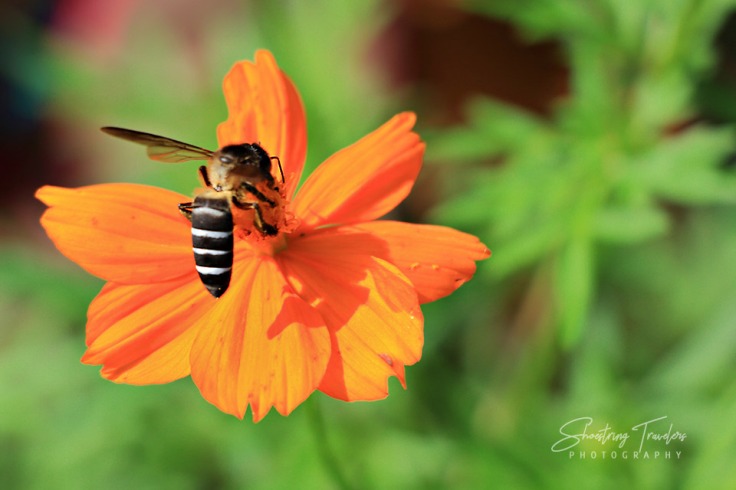Whether touring scenic spots, dining at outdoor cafés or restaurants or simply visiting friends or love ones at their homes, we frequently bump into a colorful garden featuring these dainty blossoms. And although photoshoots of these destinations sometimes include these picturesque blooms as part of the scenery, we could not resist taking close-up photos or macro shots of individual flowers. Here are some of them.




Zinnia. Native to Mexico and Nicaragua, this flower grows in the tropics. We have run into them on several occasions, mostly in cafes and restaurants with an outdoor setting. Zinnias are colored white, chartreuse, yellow, orange, red, purple, or lilac.




Hibiscus. Known as the gumamela in the Philippines, this flower is a familiar sight in home gardens and public parks in the country. The hibiscus is an elegantly shaped, large and showy blossom. It comes in various vivid colors, many times a combination of two or more hues.





Cosmos. These flowers are relatively easy to grow so we often find them in many outdoor settings during our travels. Looking much like daisies, cosmos flowers can survive even in poor soil conditions and come in pink, orange, red, yellow, white, and maroon colors.
The nectar-filled cosmos is a favorite of bees and butterflies. So, if you want to attract these insects, grow cosmos flowers.
Wild Petunia or Mexican Petunia. This native of Mexico, the Caribbean, and South America is not actually a petunia but got its name due to its similarity to the latter. Also attractive to bees and butterflies (and hummingbirds as well), it is fast growing and is now considered an invasive species. Introduced as an ornamental plant in Florida in 1933, it overdid its original intent and has also spread to parts of Europe, Asia, Africa, and Oceania.
Hippeastrum. Originally known by the generic name Amaryllis, this flower has caused confusion among botanists for years. But old habits die hard. Although botanists finally settled on its current name, the common name Amaryllis continues to be used for this native of the tropical and subtropical regions of the Americas. (And to further add to the confusion it is also referred to as the Orange Lirio.)
Adenium Obesum. We do not want to bore you with another hard-to-pronounce scientific name but the fact that this flower is referred to in the Philippines as the Bangkok kalachuchi or calachuche could also spell confusion. This is because the original Philippine kalachuchi is actually the plumeria but the Bangkok kalachuchi – sometimes called the Impala Lily or Desert Rose – is not a plumeria at all. It got its local name due to its resemblance to the latter and the fact that it was introduced to the Philippines from Thailand.
Firespike. These bright red, shiny and tubular flowers provide a striking burst of color that contrasts well with its glossy green leaves. Native to semi-forested areas of Central America, it can give an attractive red color even in a partially shaded site. Hummingbirds, butterflies and even deer love it. Here in the Philippines, it is a magnet for sunbirds – the local version of a hummingbird – as the photo above shows. So, if you want to attract sunbirds…
So, there you have it – an up close and personal look at some of the flowers we frequently encounter locally. Coming up next, we’ll feature a more exotic – and therefore more expensive – type of blossom.


















All beautifully photographed. 😊
Thanks Pepper!